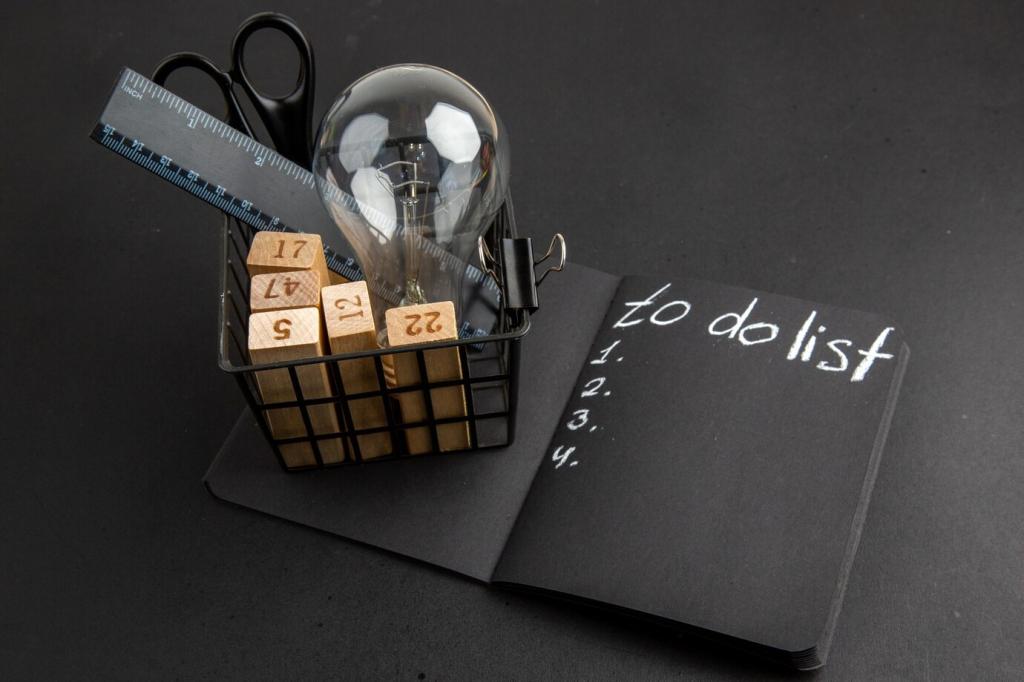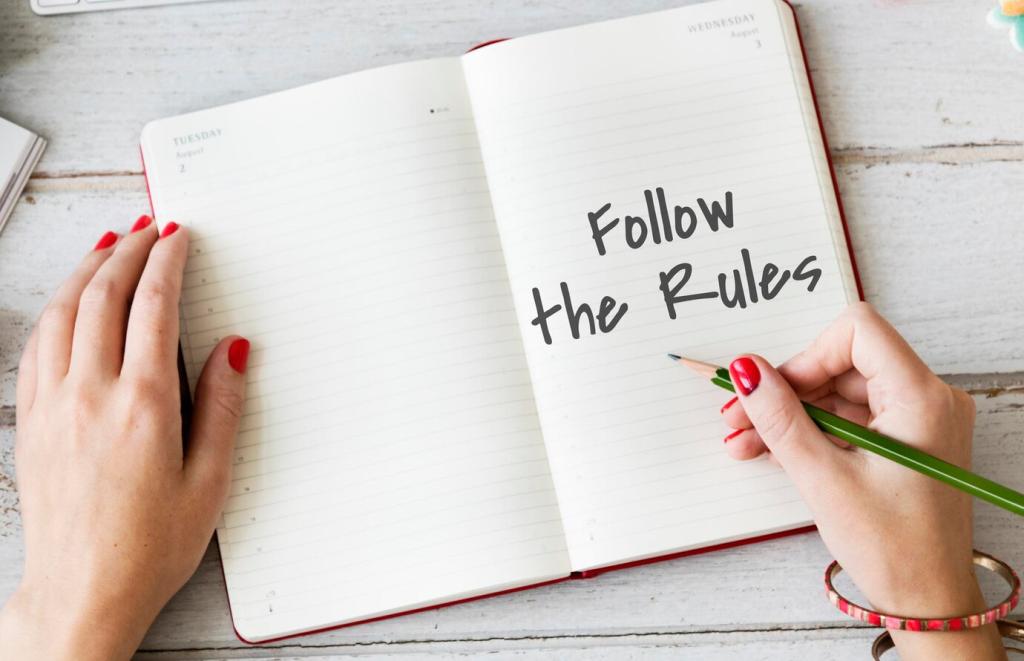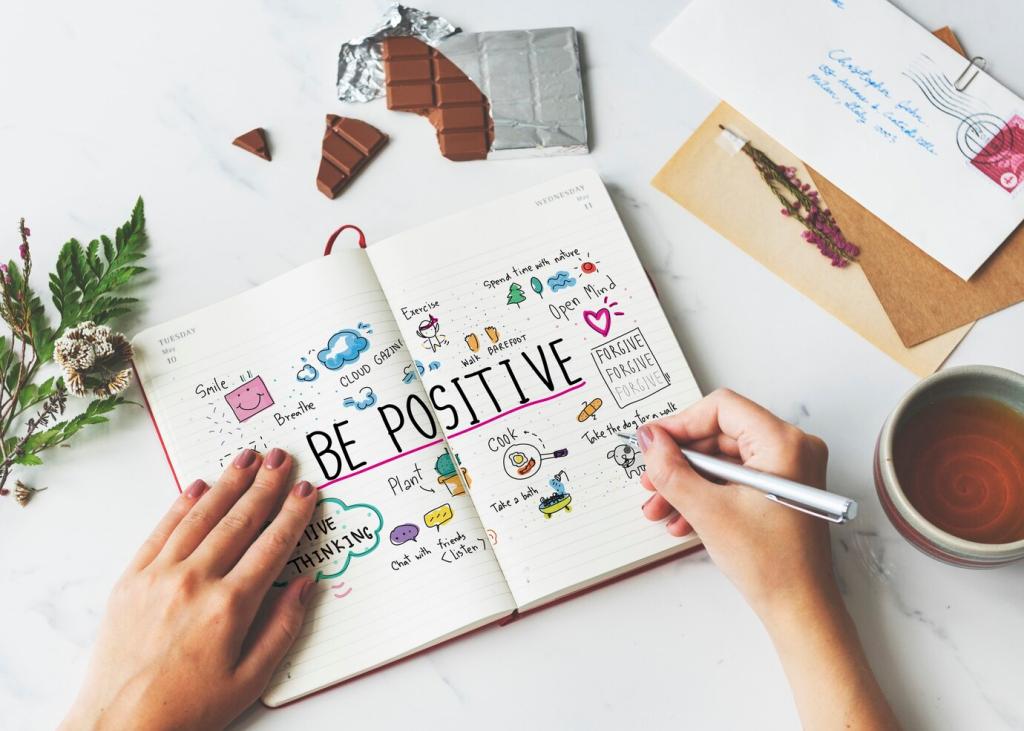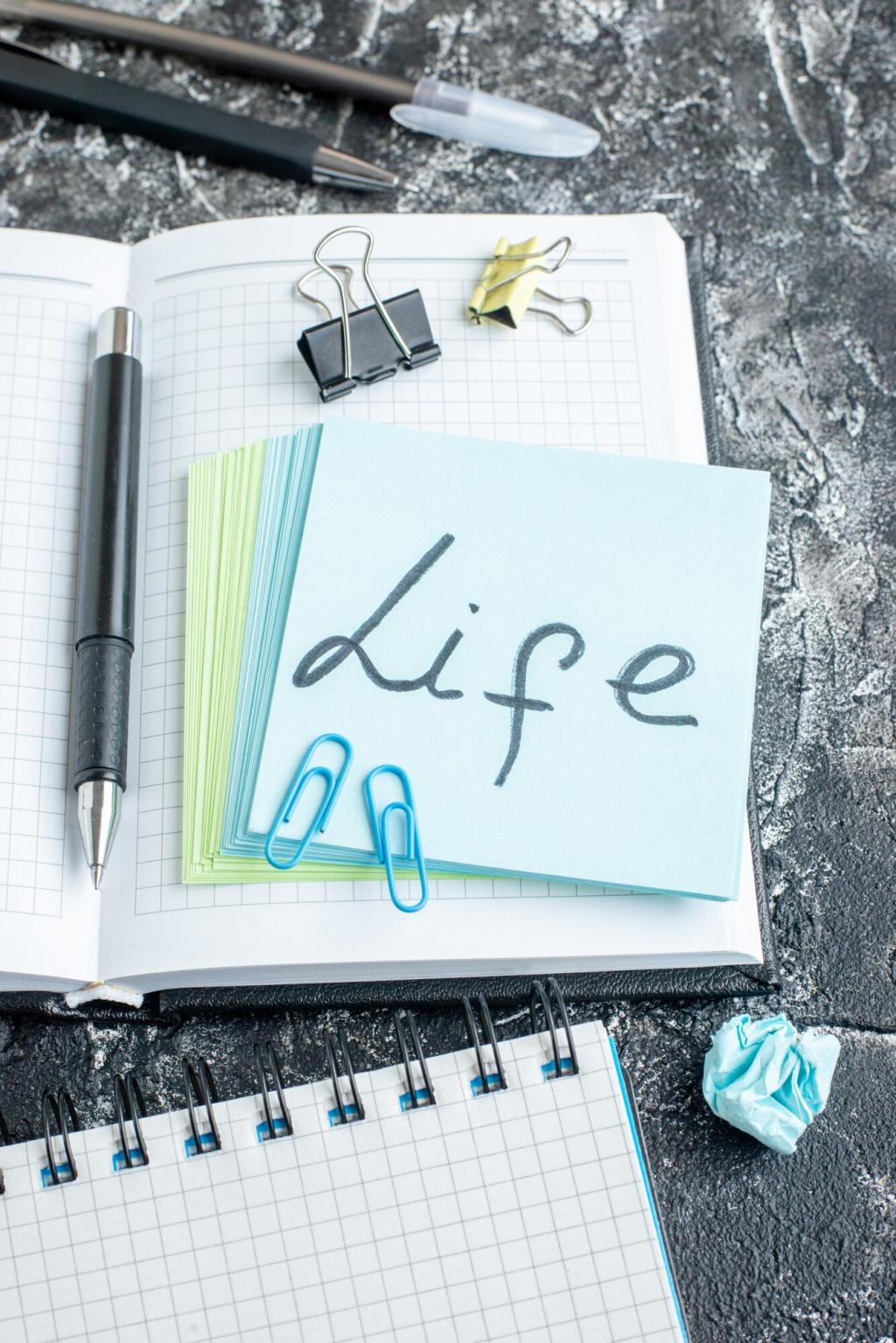
Breathing Techniques for Stress Relief
Chosen theme: Breathing Techniques for Stress Relief. Breathe in a calmer life with practical, science-backed methods and relatable stories that make serenity feel possible today. Join our community, experiment with simple routines, and let your breath become your daily anchor.
Why Your Breath Can Calm Your Brain
The Vagus Nerve Switch
Slow, controlled exhalations stimulate the vagus nerve, nudging your body toward the parasympathetic state—rest and digest. This physiological shift lowers heart rate, eases muscle tension, and clarifies thinking, creating a quick, reliable pathway away from stress overload.
CO2, Oxygen, and Calm
Balanced breathing gently manages carbon dioxide levels, preventing dizzy over-breathing and promoting clearer focus. When you slow down exhalations, you improve gas exchange efficiency, supporting steadier energy, fewer jitters, and a calmer, more attentive mind throughout demanding days.
A One-Minute Reset
Inhale through the nose for four counts, exhale through the mouth for six counts, repeat for sixty seconds. Notice shoulders drop, jaw soften, and thoughts untangle. Try now, then comment with what shifted for you in just one minute.
Box Breathing for Busy Days
Four by Four Basics
Inhale four counts, hold four, exhale four, hold four. Repeat for four rounds. The symmetry gives your nervous system predictability, replacing spiraling thoughts with gentle focus. Start small, then extend rounds as comfort and confidence grow.
A Commuter’s Story
Morgan tried box breathing at a red light after a stressful call. By the third round, their chest unclenched and impatience softened. They arrived present, not frazzled, and later shared the method with coworkers before a big presentation.
Common Mistakes and Fixes
If holding feels tight, shorten counts to three. If dizziness appears, slow down and sit. Keep shoulders relaxed, lips soft, and breath quiet. Personalize the cadence until tranquility arrives without strain, then share your sweet spot with our community.



Diaphragmatic Breathing for Deep Relief
Finding Your Diaphragm
Lie down, place a book on your belly, and inhale through the nose to lift it slowly. Exhale to lower. Keep the chest quiet. This tactile feedback trains deeper breath pathways that naturally slow stress responses without forcing anything.
Posture and Props
Support your lower back with a cushion, soften your jaw, and widen the collarbones. Props reduce strain so breath can deepen with ease. Share your favorite setup or photo, and inspire others to build their own soothing corner.
From Chest to Belly
Imagine breath as warm light descending from the collarbones to the navel. With each exhale, melt tension downward. Over days, notice fewer shallow chest breaths, steadier mood, and kinder self-talk. Track your shifts in a journal and update us weekly.
Breathing Rituals at Work
Before joining, take three rounds of four-in, six-out breathing. Set an intention—curiosity over defensiveness. This tiny ritual can change tone and outcomes. Try it for a week and comment on any shifts in collaboration or clarity.

The 4-7-8 Night Routine
Inhale for four, hold seven, exhale eight. Repeat four rounds. The long exhale softens the nervous system, quiets rumination, and prepares the body for sleep. Keep lights dim, screens away, and let yawns guide you toward bed.

Soft Focus Visualization
Imagine your exhale as a tide receding, carrying worries out to sea. Each cycle leaves the shore smoother. Pair this image with slow nasal breathing, and notice your shoulders sink into pillows as thoughts gently blur into quiet.

Track and Share Progress
Log bedtime, breath rounds, and wake quality for one week. Look for patterns in calmness and morning energy. Share results with us, and we’ll compile community insights to refine techniques that genuinely help real sleepers.
Breath Meets Movement
On a walk, inhale for three steps, exhale for five. Adjust for comfort. This exhale bias reduces stress while keeping a natural rhythm. Notice colors brighter and sounds softer as your nervous system recalibrates outdoors.
During a simple hamstring stretch, use longer exhales to release resistance. Let the breath signal safety, not strain. Over time, mobility grows alongside patience, reinforcing that ease, not force, creates sustainable change in body and mind.
After weeks of pairing diaphragmatic breathing with child’s pose, Priya noticed fewer afternoon crashes and calmer responses to feedback. She now leads friends through five quiet breaths before study sessions, turning stress into togetherness and steady focus.

